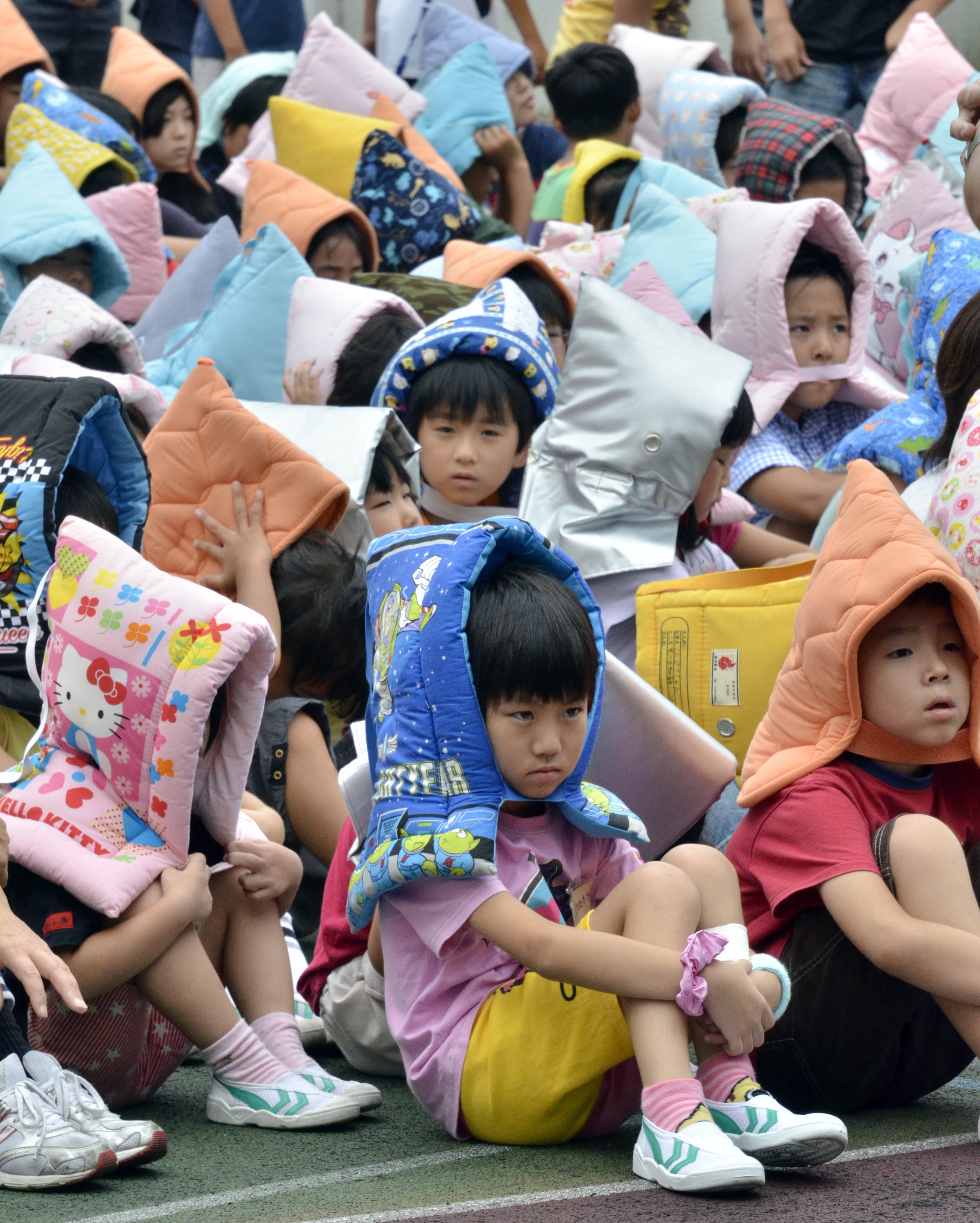In Japan, the month of 9月 (kugatsu, September) may herald a welcome respite from the summer heat, or it may bring on the loneliness and depression that invariably accompanies the summer's end.
In Japan's 旧暦 (kyūreki, old calendar), September, or 長月 (nagatsuki) as it was called, meant cooling temperatures combined with long rains and lingering humidity. The first day of September was known as 二百十日 (nihyakutōka, the 210th day of the year), and signaled that either a 台風 (taifū, typhoon) or a rainstorm was likely to sweep away the fun, lazy memories of summer in one fell swoop. It's probably no coincidence that the 関東大震災 (Kantō Daishinsai, the Great Kanto Earthquake) happened two minutes before noon on Sept. 1, 1923.
Then as now, this is the month when カビ (kabi, mold) is likely to appear around 水周り (mizumawari, plumbing areas) like baths and kitchen sinks. Traditionally it's the woman's job to wipe everything down and do some deep cleaning, or the 細菌 (saikin, bacteria) will trigger the first symptoms of autumn colds and digestive troubles. (Though I know one woman who requested the gift of a major 風呂掃除 [furosōji, bathroom cleaning] for her 15th wedding anniversary one September. She was so happy with the result, her husband now chips in on a regular basis. Miracles do happen.)



